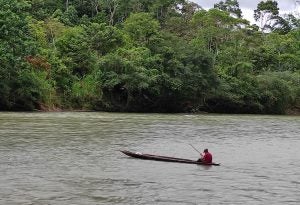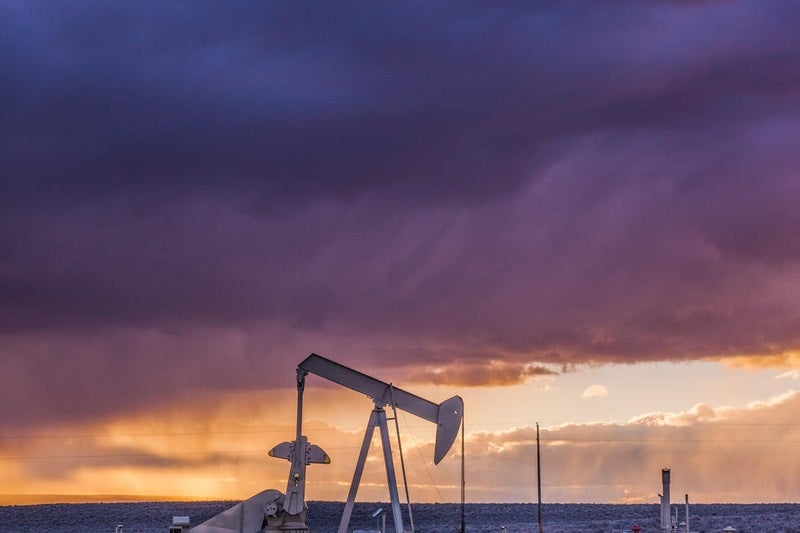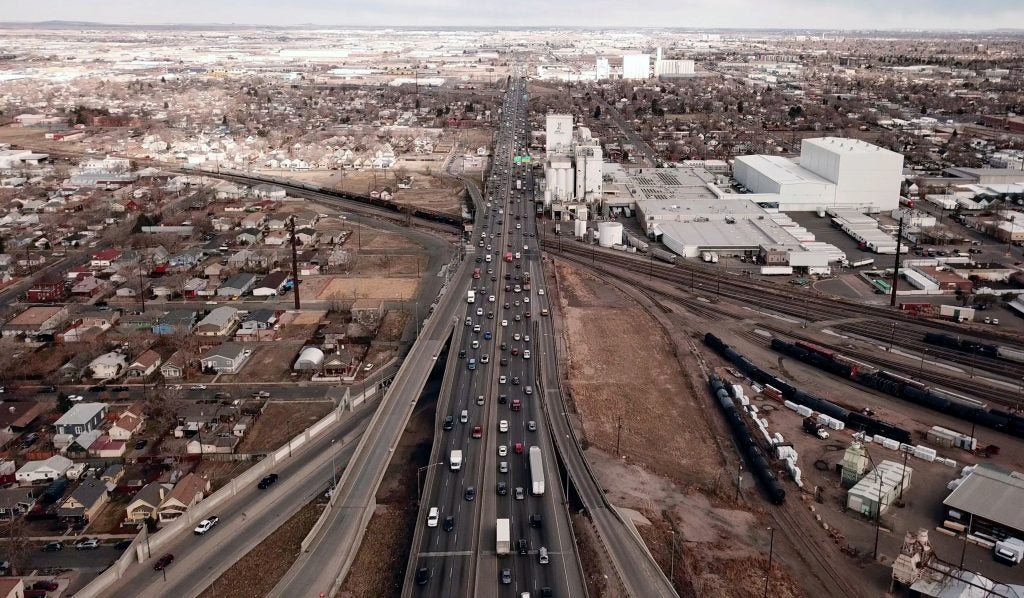EPA Administrator Andrew Wheeler is expected to soon sign a final rule creating an “Air Toxics Loophole” in the Clean Air Act. That loophole would allow large industrial facilities nationwide to avoid complying with rigorous limits on hazardous air pollutants such as benzene and mercury.
EPA’s own analysis indicates that this radical new policy would affect thousands of major pollution sources, such as refineries and chemical plants, located in almost every state. EPA’s analysis also shows this policy risks increasing harmful air pollution by millions of pounds each year. Many of the facilities that could take advantage of the Air Toxics Loophole are located in low-income communities and communities of color that are already suffering disproportionate burdens from air pollution and are most vulnerable to the health impacts of poor air quality.
The signing of the final Air Toxics Loophole will be only the latest in a series of outrageous Trump administration attacks on fundamental climate, clean air, and health protections that have taken place just since the coronavirus pandemic began – and one of at least 100 attempted rollbacks of environmental and public health protections that have taken place since 2017. EDF will forcefully oppose any final rule that weakens our nation’s bedrock safeguards against hazardous air pollution from industrial facilities. Read More













 With entire towns in Oregon and Washington razed, ash raining down on Denver and the skies over San Francisco an apocalyptic orange, the unprecedented wildfire season in the Western U.S. is getting plenty of coverage. But much of it seems to ignore a central fact: This devastation — more frequent, bigger wildfires, and a longer fire season — is largely a consequence of climate pollution produced by burning fossil fuels.
With entire towns in Oregon and Washington razed, ash raining down on Denver and the skies over San Francisco an apocalyptic orange, the unprecedented wildfire season in the Western U.S. is getting plenty of coverage. But much of it seems to ignore a central fact: This devastation — more frequent, bigger wildfires, and a longer fire season — is largely a consequence of climate pollution produced by burning fossil fuels.